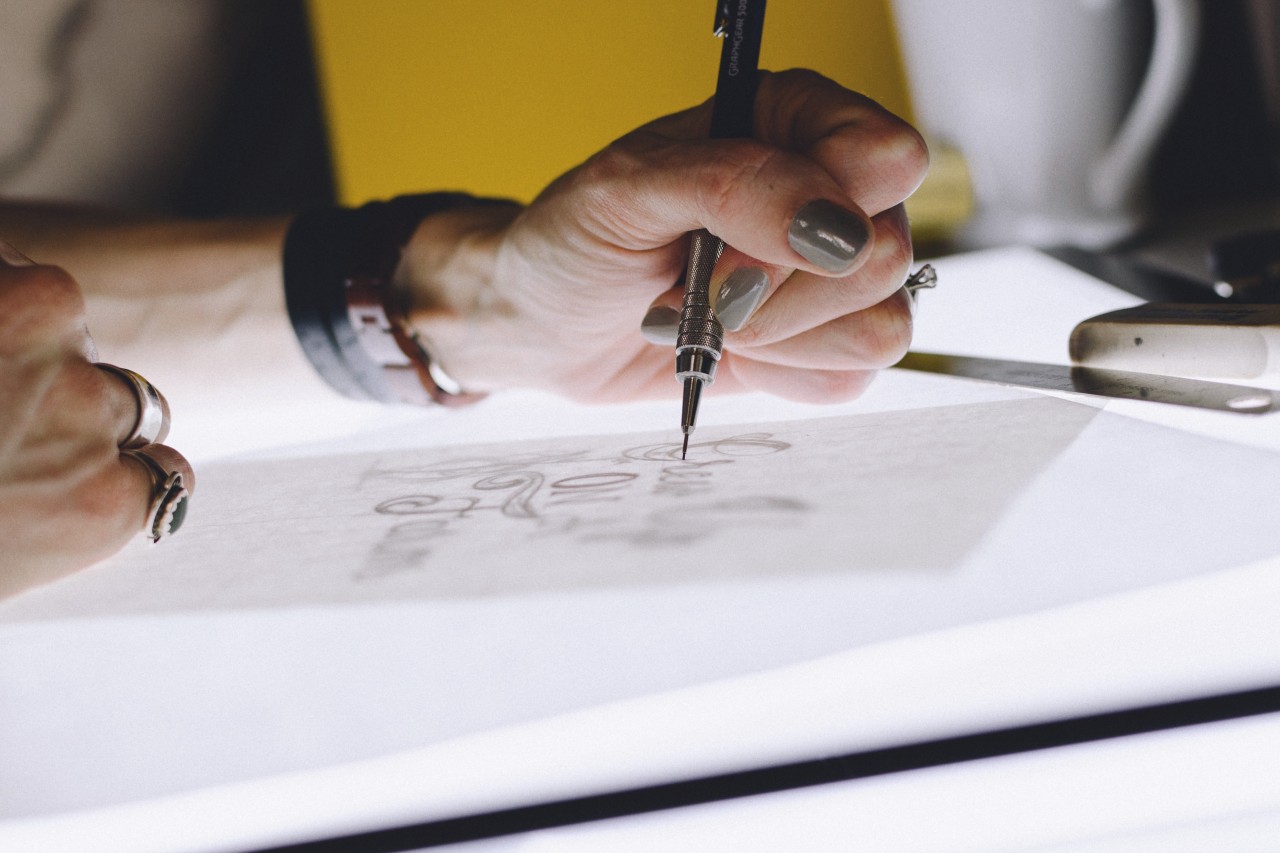

So you’ve worked with a designer to create the perfect logo for your business – and now it’s time to protect it. Here’s what you need to do to trademark a logo in Australia, and why you need to make it a priority.
A trademark is, essentially, a form of brand protection that sets your business apart from your competitors. The easiest way to understand what a trademark is might be to understand what a trademark is not.
It’s not a copyright, which is created automatically as soon as a particular work – like a movie, a book, or even this article – is created. For that matter, your logo is automatically copyrighted when it’s created, and that copyright most likely belongs to the graphic designer who worked on it, so you’ll want to make sure they transfer that copyright over to you.
It’s not a business name, which has to be registered with the Australian Securities and Investments Commission (ASIC).
Legally, it’s not even considered a design. Designs are subject to their own intellectual property (IP) laws, which refer specifically to the shape, configuration, pattern or ornamentation of a particular product. Designs have to be new to be registered, whereas trademarks don’t.
A trademark is your brand identity. Virtually anything can be a trademark – your logo can be a trademark, sure, but so can a word, phrase, letter or number that you want people to associate with your business. A jingle can be a trademark. A trademark can even be a sound, a scent, a particular way that your product is packaged, or a combination of any of these things.
IP Australia, who are responsible for registering trademarks in Australia, give the example of the flying red kangaroo on the tail of Qantas planes – that’s a trademark. On the other hand, the shape of a new ergonomic chair aboard that plane would be a design.
Once a trademark is registered, you have the exclusive rights to use, license and sell it. So if you register your logo as a trade mark, for instance, other businesses won’t be able to use that logo in an attempt to ‘pass off’ their product or service as yours.
Strictly speaking, you’re not legally obliged to register your logo as a trade mark. If you’re happy to take the risks that come with failing to protect your logo, you can choose to do that – and indeed, some start-ups choose to do exactly that, until they see their brand as having a value that’s worth protecting.
You can even add a ™ symbol to your product labels without actually registering it. That’s not illegal, even if the trademark itself will have no actual protection under IP law. It’s basically just a way of bluffing anyone who might be thinking of stealing it. (The ® symbol, on the other hand, can only be legally placed next to trademarks that are actually registered.)
But the risks are significant. The more successful your business becomes, the more valuable your logo is, and the more damaging the consequences of failing to protect it will be.
Your logo is what identifies you to the market. That’s its primary purpose – not to communicate what you do, but to help people recognise you. If someone else has a logo so similar to yours that it can be mistaken for you, and you haven’t registered it as a trademark, then it could be confusing for your customers, and the other business will get to enjoy the benefits of all the time, effort and money you’ve spent building your brand. And that’s probably the best-case scenario.
The worst-case scenario is that the business using a logo similar to yours does shoddy work and damages your reputation by association, or that they register the logo as a trademark and prevent you from using it. (Remember, logos don’t have to be new to be trademarked.) If you’ve worked long and hard to achieve brand equity, that’s not something you’ll want to let someone take from you.
It’s not particularly expensive to register a trademark, anyway. It’s all relative, of course, but the IP Australia trademark application and registration fee is $250 per ‘class’. Goods and services are divided into 45 classes, or product categories, and when you register for your trademark, you’ll be asked to choose your class – most trademark applications are only for one or two classes, and the registration fees only have to be paid once every 10 years.
Now, it is possible to protect a logo without registering it as a trademark – they have some value under common law, and under state-based fair trading legislation. But it’s likely to be much more difficult and expensive to win that battle than it would be with the benefit of trademark registration.
First, you have to make sure that you’re eligible to apply for a trademark. To be eligible, you have to intend to use the trademark in relation to the class of goods and services you’re registering it under, and you have to apply as an individual business owner, not as your business.
You also have to ensure that your trademark doesn’t conflict with any marks that are already registered, because that’s a surefire way for your application to be rejected. You can upload images to the Australian Trademark Online Search System here to see if a similar logo has already been registered.
A trademark can also be rejected if it’s likely to mislead the public about the nature of your offering – but if your logo does that, it’s probably not a very effective logo anyway, right?
Once you’re confident your logo meets these requirements, you can apply online through IP Australia.
Once you file your application, it will be made publicly available shortly afterwards, and from there, only very minor changes can be made – so make sure the logo you submit for approval is in its final form.
It usually takes IP Australia three to four months to assess the application. Other people and businesses will then be given the chance to oppose the application – a ‘speak now or forever hold your peace’ kind of situation. As long as nobody successfully opposes your logo, its registration will be finalised a couple of months after that – so, all told, it’ll take around six months from the time your logo is submitted to the time the trademark is formally approved.
If you want to register your logo globally in the future, IP Australia recommends using the Madrid Goods & Services Manager to check if the class of goods and services you’ve chosen for your mark will be accepted by the World Intellectual Property Organisation. You can use the Madrid Protocol to apply for trademark protection in a number of countries in one fell swoop, but you’ll have to register your trademark in countries that haven’t signed up to the Madrid Protocol on a country-by-country basis.
Once your trademark is registered, it’s your responsibility to enforce it. If you see someone using a logo that looks suspiciously similar to yours, IP Australia recommends sending a letter of demand to assert your ownership, before attempting alternative dispute resolution tactics, including mediation, arbitration and expert determination, and finally going to court as a last resort.
Aside from being on the lookout for imitators, you also have to ensure that you actually use your trademark in order to protect it. If you don’t, it can be removed on the grounds of non-use – this law exists to stop traders from simply Hoovering up as many trademarks as they can and then sitting on them forever without using them.
The earliest a non-use application can be made is five years after you filed for the trademark, and if you can demonstrate that you’ve used it in the past three years, you’ll be in the clear.
Your trademark registration will be honoured in all Australian states and territories for 10 years after its filing date. You can then renew it every 10 years, for whatever the going rate of a trademark registration is at that time. You can renew your trademark up to 12 months before the renewal is due, and as late as six months after it’s due, but you’ll need to pay a late fee in that case.
Read next: How To Write The Perfect Brand Strategy

Article by:
Chris brings over a decade of industry experience to Red Kite working at design agencies in both the UK and Australia. Over the years he has accumulated a wealth of graphic design, strategic identity design and marketing experience. Chris is a hugely passionate identity designer endeavouring to offer the highest quality branding and logo design Brisbane and Australia wide. Chat to Chris about your branding.
We would love to hear more about your design project and how we could help bring your vision to life. Simply hit the button below to get started with a free quotation.
GET A FREE QUOTE